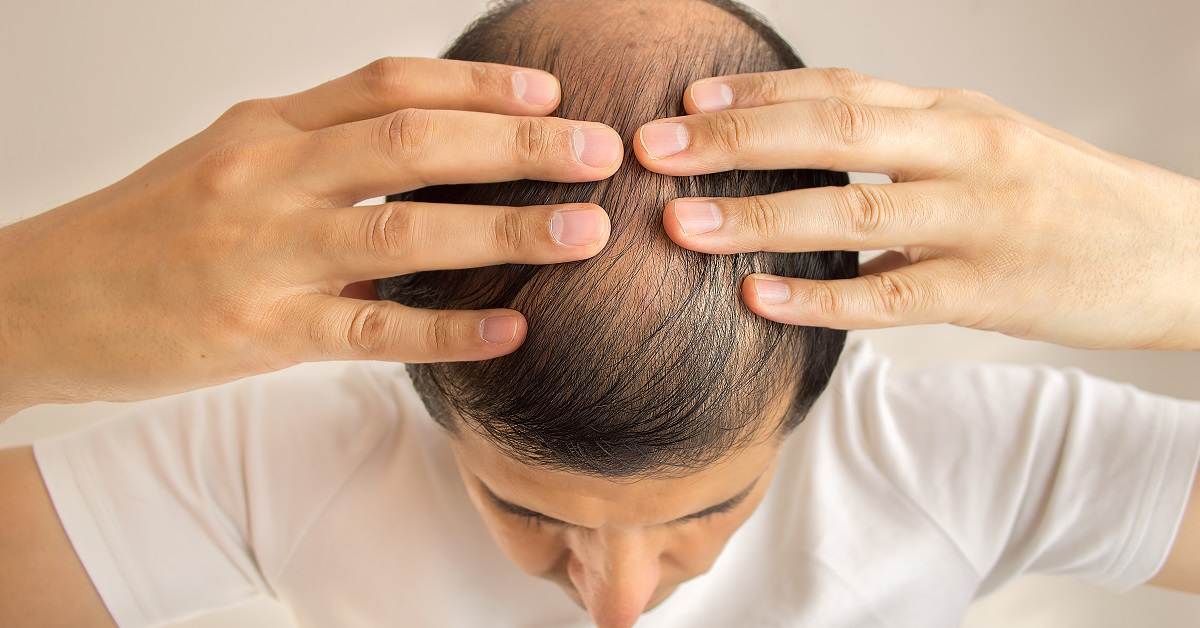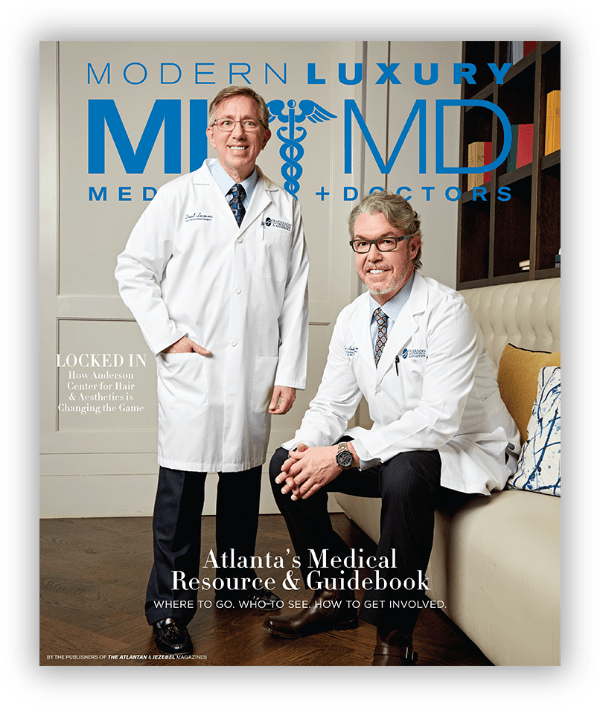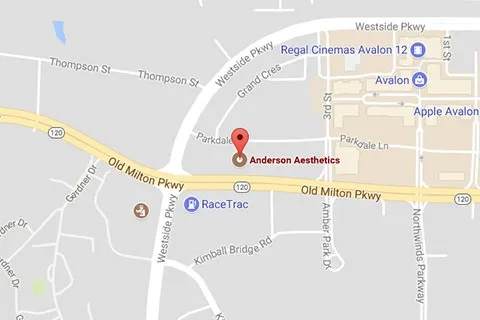By: Anderson Center for Hair
Share

Hair Loss Prevention: What you need to know
Hair loss is something no one wants to deal with, but many people experience it every day, at every age, in every part of the world. The most important thing we can communicate to you is that hair loss is a natural variant of the human condition. It’s part of your genetics and is much like how you get the shape of your nose from your father or the color of your eyes from your mother. You can’t change genetics, and it’s difficult to reverse hair loss, but there are proven ways for hair loss prevention before it happens. There are many rumors about hair loss, but in honor of hair loss awareness month, we wanted to provide you with some facts!
5 Facts about Hair Loss
- Alopecia is the complete or partial loss of hair in areas where hair usually grows, and though some think it only happens later in life, it can actually happen to anyone – even teenagers!
- Hair loss is largely hereditary. Some get concerned about major health problems when they experience hair loss, and while that can sometimes be a contributing factor, it is more often than not related to genetics. Ask your close family members about hair loss. If the trait is strong in your family, then it is likely the root of your hair loss.
- Heat tools (curling irons, flat irons, hairdryers, rollers) can damage your hair, especially with frequent use. This damage can weaken your hair and result in hair loss.
- Sometimes hair loss can be related to stress. This is referred to as telogen effluvium and is typically seen on the top of the scalp but is usually temporary.
- Have you ever seen hair in the shower and thought you were experiencing hair loss? That isn’t necessarily true! Losing 50-100 hairs daily is normal, and most of that loss occurs in the shower. It should only become a cause for concern if your hair loss seems to be excessive or comes out in clumps.
How to Prevent Hair Loss
Once you lose hair, it’s hard to get back, so we highly recommend that you take steps to prevent hair loss. This can be done at any age; the earlier you start, the better the results. Much like weight loss, hair loss prevention is something you have to dedicate yourself to. If you’re trying to lose weight, you can’t diet for a couple of months, launch yourself into pre-diet eating habits, and expect to keep the weight off. It’s a commitment and is most effective when it becomes part of your everyday lifestyle.
Topicals
There are a variety of topicals on the market and a variety of results from these topicals. There are some shampoos and conditioners, but these are not going to make a significant change in your hair loss alone. The most effective topical is not going to be found on a shelf in the Health and Beauty section, but instead is going to be a prescription that contains multiple medications that will help block the hormones in your scalp which cause androgenetic alopecia and stimulate hair growth. Talk to your doctor to find out what option may be best for you.
Orals
Depending on several factors specific to you, there are some prescription oral medications that could help slow or stop your hair loss. There are also non-prescription vitamins they may have you try. They may have you try biotin, Vitamin A, B, C, D, or E, iron, or zinc. The results of these supplements would depend on the type of hair loss you are experiencing and what stage your hair loss is. Your doctor can discuss your prescription and non-prescription options with you to find the best combination for your needs.
LLLT
Low Light Laser Therapy is a treatment that harnesses energy from low-level laser diodes. This energy is absorbed by the scalp, and the cells are stimulated. There are many devices on the market with varying degrees of effectiveness. The most important thing is ensuring your scalp is receiving a sufficient amount of energy, which requires one of the hat-type devices, not the comb-type one.
PRP
Platelet-Rich Plasma (PRP) consists of a doctor drawing your blood, using a centrifuge to separate the platelets from the blood, and then injecting the platelet-rich portion of the serum into the scalp to promote healing and growth.
Stem Cell Therapy
This form of therapy involves aspirating your own fat, separating out the stem cells, and injecting them into the area of need on the scalp. While this therapy is not currently available, there is great promise which will hopefully be available in the near future.
Take the Next Step
None of these options are a one-time-cure-all as they all take time and dedication. Hair loss is a lifelong condition that requires ongoing prevention. For the best results, we recommend utilizing a combination of preventatives. If you’re still struggling with hair loss, we recommend visiting your doctor as soon as possible to learn about hair loss prevention and see if you’re eligible for surgical hair restoration. Be kind to your hair!
Schedule a consultation






























